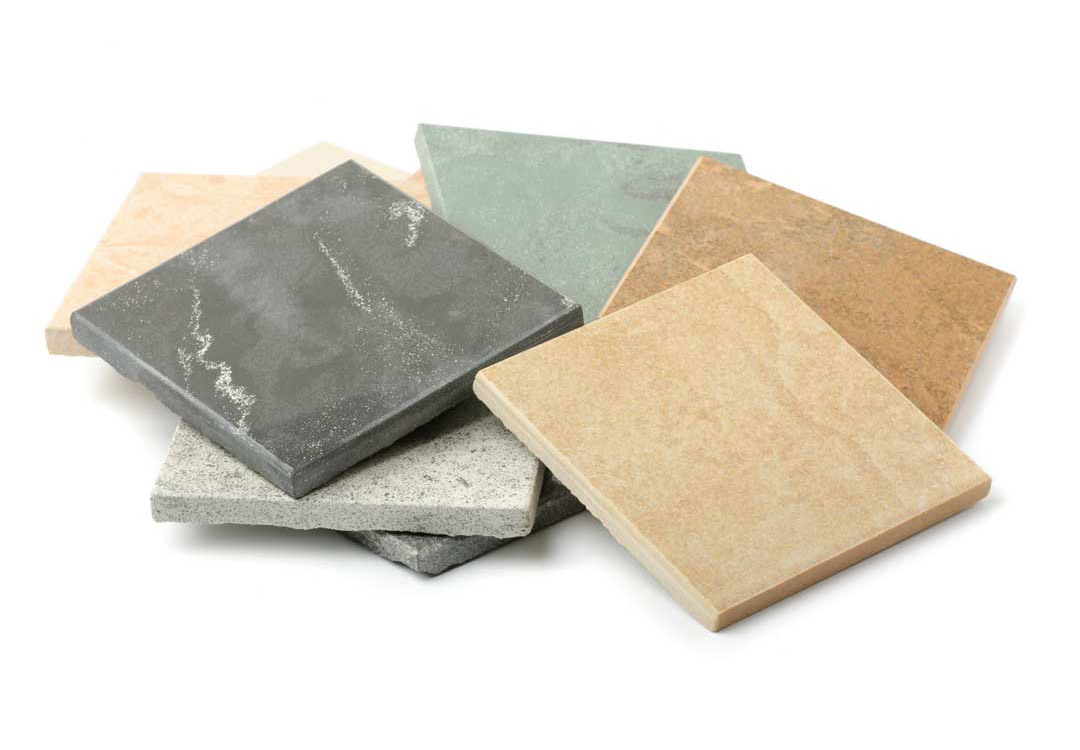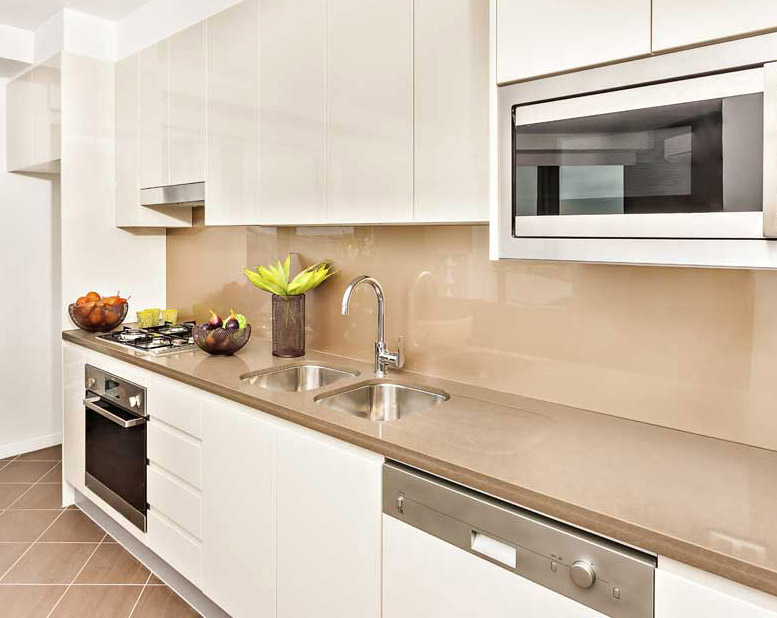




Boron in Ceramics
Ceramics industry is the second largest market for borates after glass, accounting for an estimated 13-14 % of world consumption. In ceramics, borates are added to ceramic glazes and porcelain enamels and, in much smaller quantities, ceramic tile body compositions.


Enamels and glazes are the thin vitreous coatings bonded to a ceramic or metallic base in tiles, sanitaryware, porcelain etc. Such coating materials are called frits, which are the main components of nearly all ceramic glazes and are present in many compositions of different materials where a glass face is needed, even if only as a binder.
Boron is used in modern ceramics to ensure a good fit between the glaze and the clay and to increase durability and shine.
The main reasons for adding borates to glazes and enamels are as follows:
- Inhibit glass formation in early stages of melting,
- Act as base for dissolving colouring oxides, enhancing appearance and reducing firing times,
- Reduce glass viscosity and surface tension, helping the glaze/enamel to mature rapidly and form a smooth surface,
- Reduce thermal expansion coefficient of the glaze/enamel to ensure good thermal fit between it and the substrate,
- Improve lustre and glaze appearance of finished product,
- Improve durability and resistance to aqueous or chemical attack of finished product,
- Increase mechanical strength and scratch resistance of finished product.
Since the 1990s, small amounts of borates have been added to ceramic tile bodies in order to increase the strength of the finished product and reduce the amount of energy required during production.


